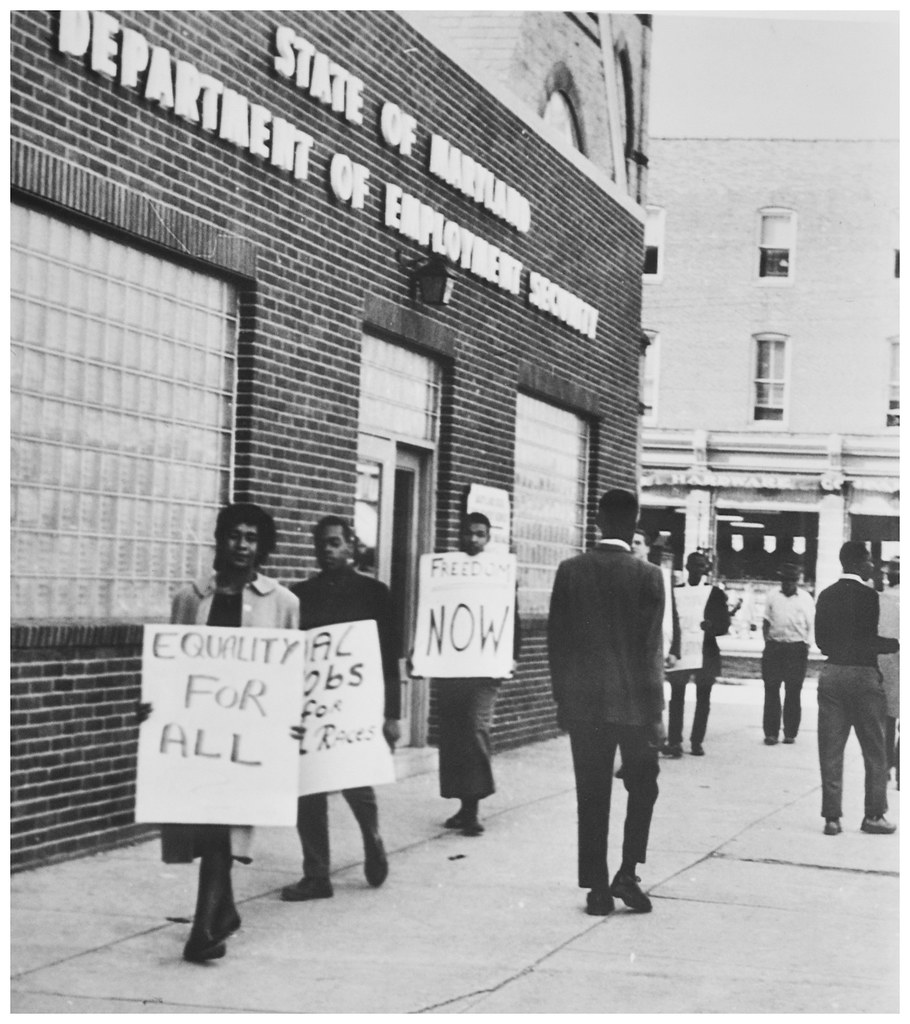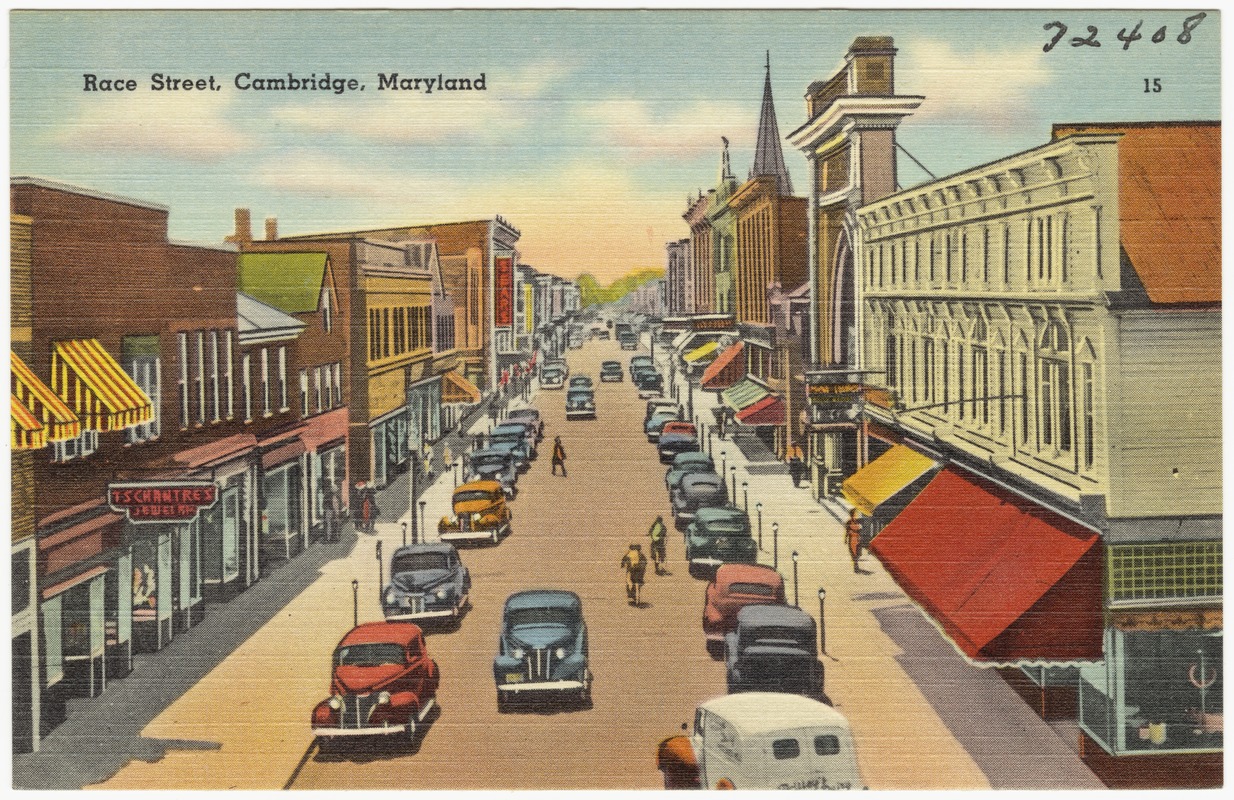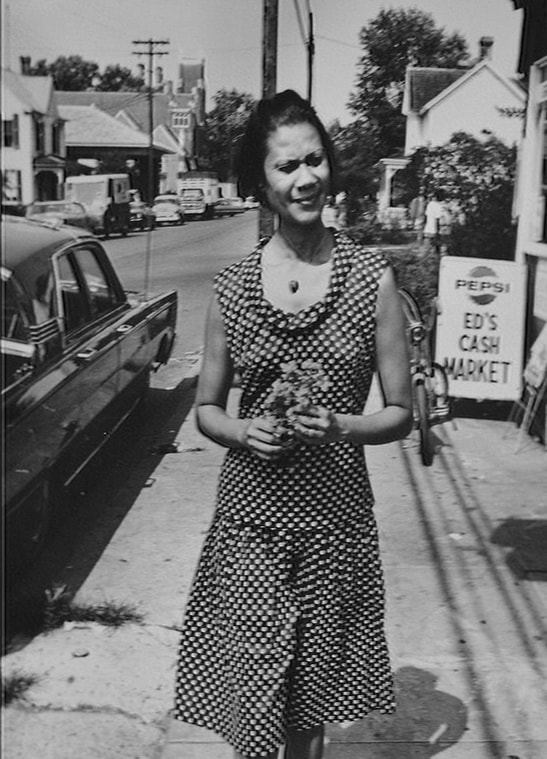
Cambridge protests, Washington Area Spark, 1963

Cambridge protests, Washington Area Spark, 1963
In 1898, the Supreme Court ruling Plessy v. Ferguson established the precedent for “Separate but Equal” racial segregation of public facilities in the United States. Discrimination against black people went even deeper than that. Economic injustice manifested through actions like redlining; a discriminatory mortgage lending practice restricting the neighborhoods where minorities could buy property. Additionally, discriminatory hiring practices left black people with only few low-wage jobs to choose from. This institutional racism led to a perpetual cycle of economic oppression for black people.
"The Eastern Shore had always been segregated, but it didn't seem like a day-to-day problem when everyone had a job and someplace to go. When the jobs left, the issues bubbled to the surface."
-Dion Banks, Eastern Shore Network for Change, 2017
Cambridge, Maryland was deeply discriminatory. The town's economy was originally built on the use of slave labor on tobacco farms, establishing long-lasting racial barriers and generational wounds. At its peak in the 1960s, black unemployment reached 40% due to Cambridge's failure to modernize its economy as manufacturing jobs left the area. At this time, the neighborhoods, businesses, and schools were also split by race which exaggerated tension.

Division of white and black neighborhoods, Baltimore Library, 1945

Gloria Richardson, Washington Spark, 1967
While working for the federal government in Washington D.C., Richardson became active in the Civil Rights Movement in 1942, picketing segregated department stores. Unfortunately, after returning to Cambridge, Richardson couldn’t find work in the local government, primarily because she was a black woman. Richardson saw many black people in Cambridge who were also struggling under the systemic, economic oppression that they faced
"Gloria Richardson did not emerge out of nowhere. A divorced mother of two, she was born in Baltimore, Maryland to a middle-class family with a history of local activism. They were the owners of grocery stores in Cambridge’s Second Ward, a predominantly Black community separated from the white neighborhood by Race Street. The men in her family were known as “race men,” who “worked to alleviate the oppression of poor black people.”
-SNCC, n.d.
"Even as one of the relatively few college-educated Black women in Cambridge, job prospects for Richardson were low. Though she was able to work at the pharmacy her family then owned, she saw how difficult it was for working-class Black residents of the Second Ward to survive."
-SNCC, n.d.